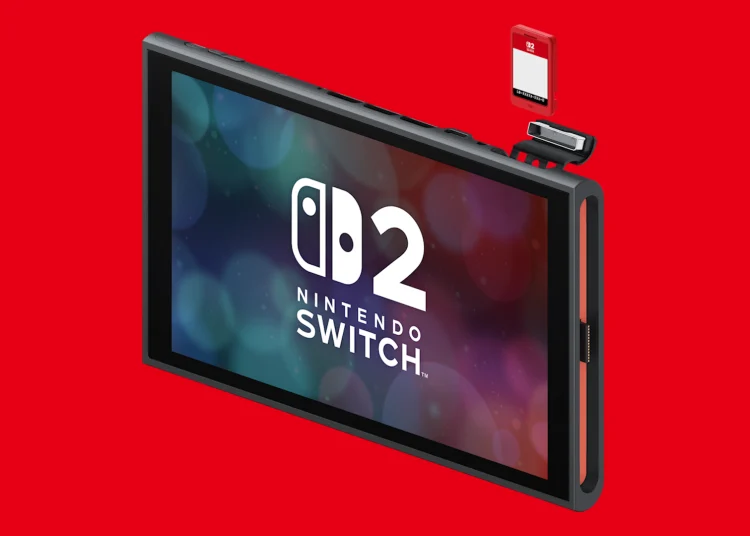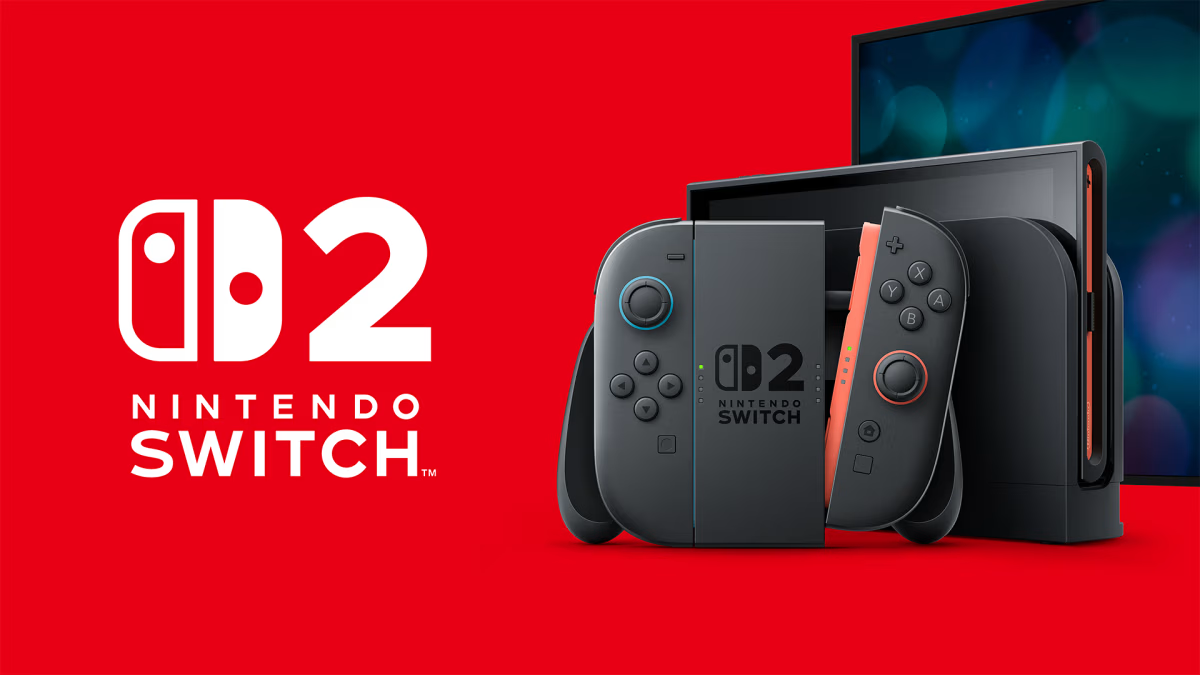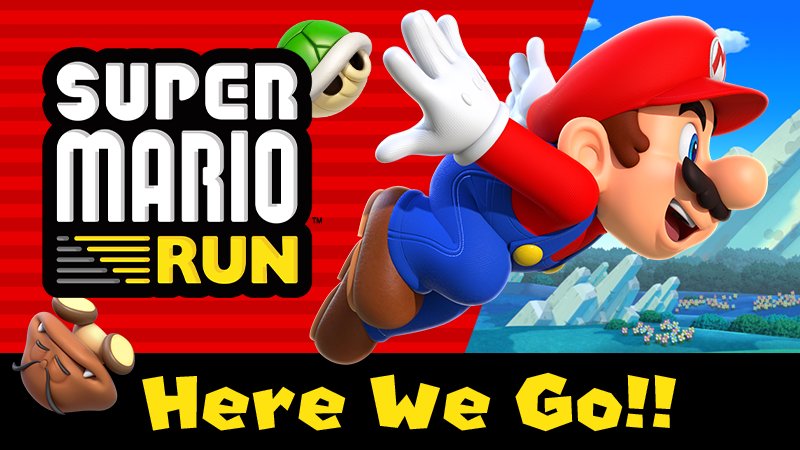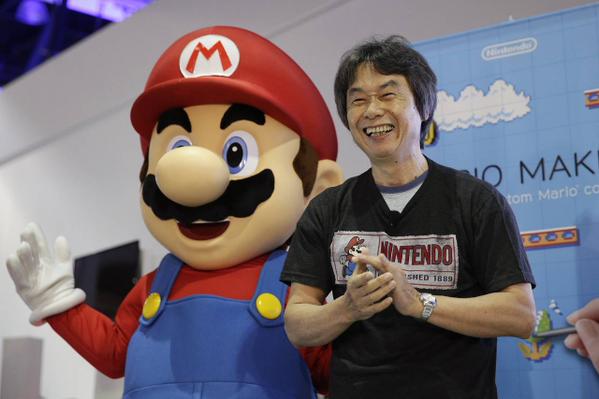The upcoming Nintendo Switch 2 is taking a step toward the future of gaming by introducing a new format: Game-Key cards.
These cards promise to change the way we think about physical and digital game ownership, offering a fresh and flexible approach that might just be the future of gaming media. But how exactly do these Game-Key cards work, and what does this mean for gamers?
What Are Game-Key Cards?
Unlike traditional physical cartridges, Game-Key cards don’t contain the game data. Instead, they act as keys to unlock and download games directly from Nintendo’s servers.
When you insert a Game-Key card into the Switch 2 console, the system will automatically prompt you to download the full game, providing the ultimate convenience in accessing your games digitally. Once the download is complete, the game can be played offline, as long as the card remains inserted.
These Game-Key cards are not tied to a specific Nintendo account or console, meaning that once you have a card, it can be used on any Switch 2 console. That flexibility means that players can borrow, lend, and even resell their games, something that was previously limited in digital-only formats.
Nintendo’s decision to introduce Game-Key cards likely stems from the growing demand for digital convenience while still maintaining some form of tangible ownership.
It’s no secret that many gamers still value physical media, whether it’s for collection, sharing with friends, or the feeling of having something real. But digital downloads offer immense advantages, including ease of access and quick installation.
By blending these two worlds, Nintendo is giving players the best of both: the ability to own a physical card while enjoying the benefits of digital gaming.
What Are the Benefits of Game-Key Cards?
- No Tying to Accounts or Consoles: One of the most exciting aspects of game cards is that they aren’t tied to a specific Nintendo account. This means that the cards are essentially universal, working across any Switch 2 console.
- Flexibility in Game Sharing and Reselling: Gone are the days of being stuck with a game once it’s digitally purchased. With Game-Key cards, players can resell or trade their games just like they would a physical copy. For anyone who likes to swap titles or doesn’t want to keep a game they’ve finished, this provides a refreshing level of freedom.
- Reduced Storage Limitations: Some of the biggest titles in gaming are becoming increasingly large, making traditional cartridges impractical. The cards allow for large-scale games to be released without the need for physically large cartridges.
While the Game-Key format is undoubtedly innovative, it comes with its own set of challenges, such as:
- Internet Dependency for Initial Download: The need for an internet connection to download the game initially could be a downside for gamers in areas with limited or unreliable internet access. However, once the game is downloaded, it can be played offline.
- Long-Term Accessibility Concerns: Since these cards rely on Nintendo’s servers for game downloads, there’s a potential risk for long-term accessibility. If the servers are discontinued in the future, games tied to these Game-Key cards could become inaccessible.
What Does This Mean for Gamers?
Nintendo’s Game-Key cards are a shift in the physical-digital hybrid world. Gamers can now enjoy the best of both worlds: the freedom and tangibility of physical cards, combined with the convenience and speed of digital downloads.
However, as with any new format, it’s important to consider the long-term implications, including internet dependence and server access.




























